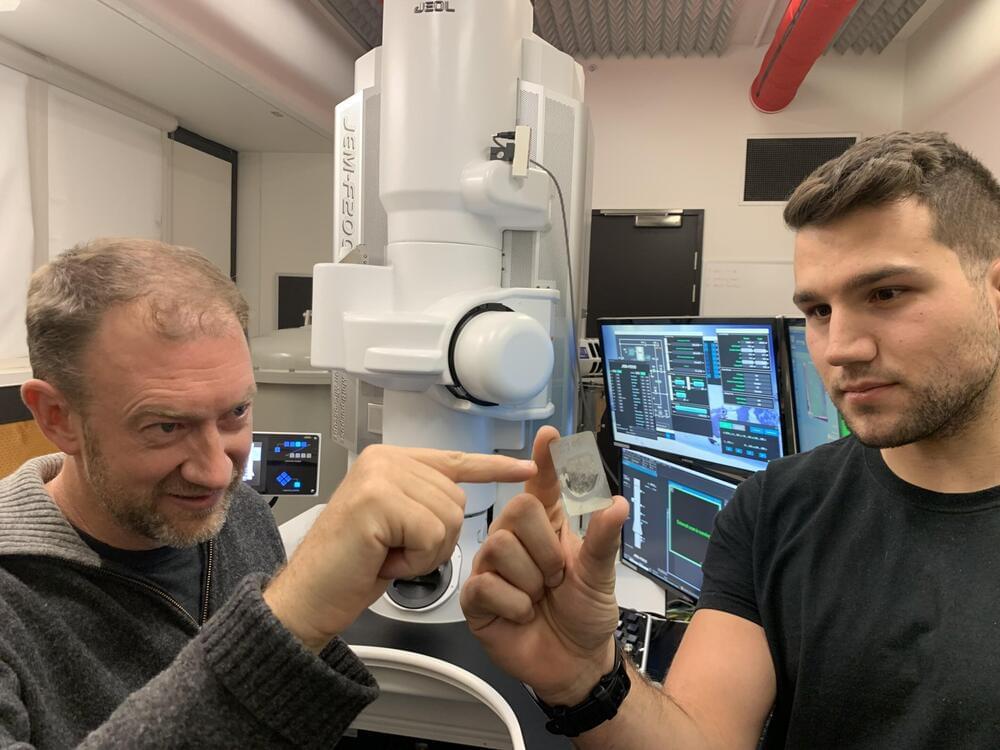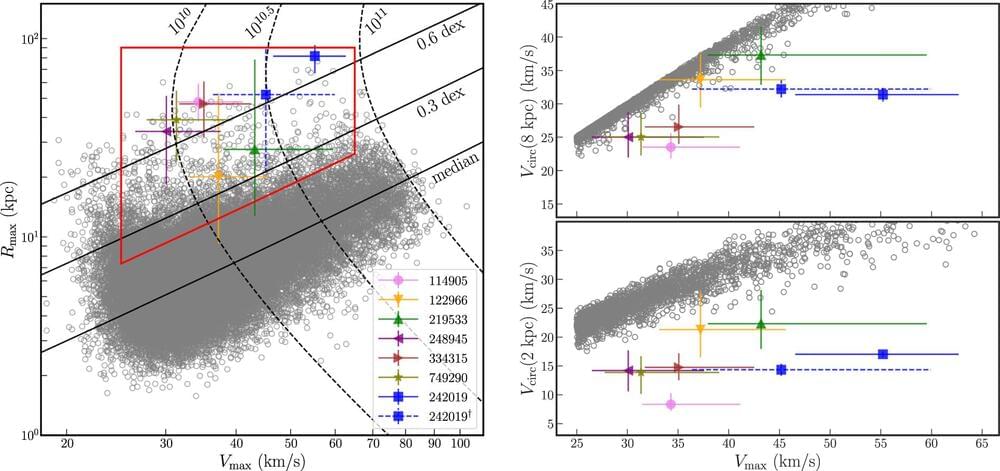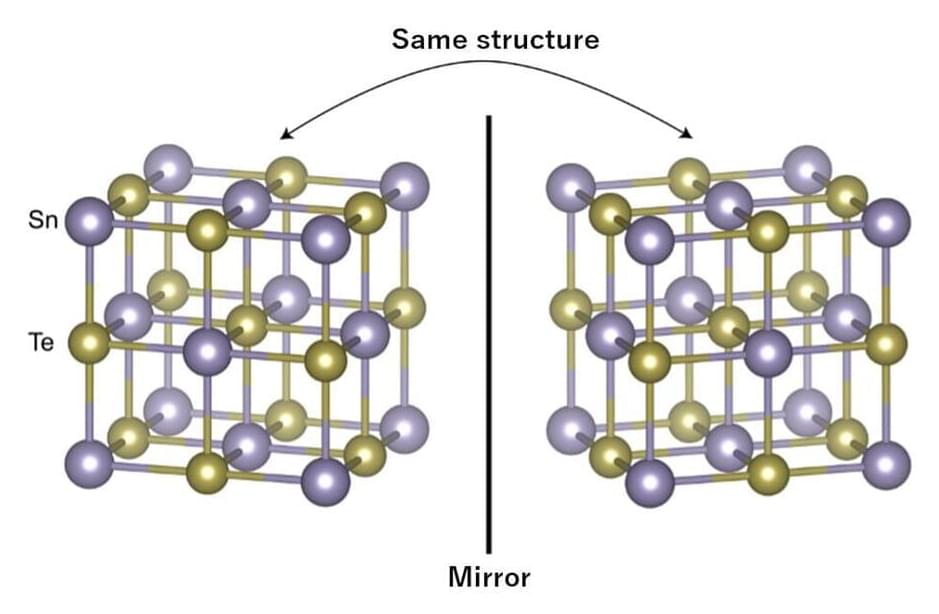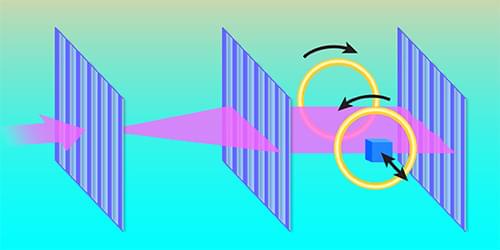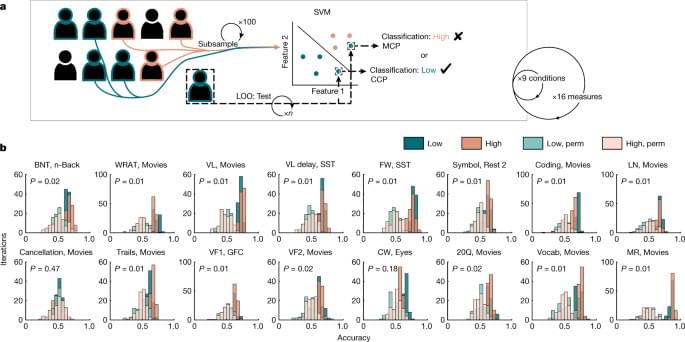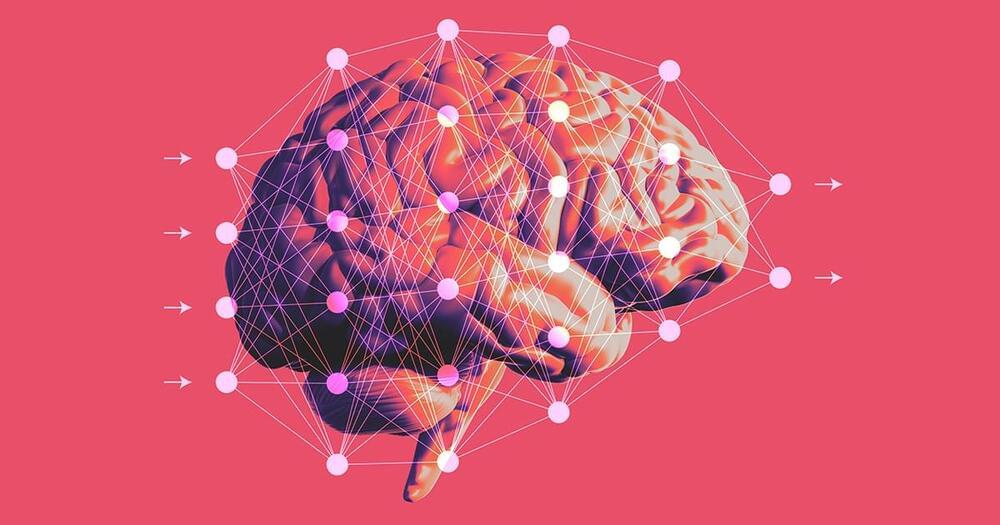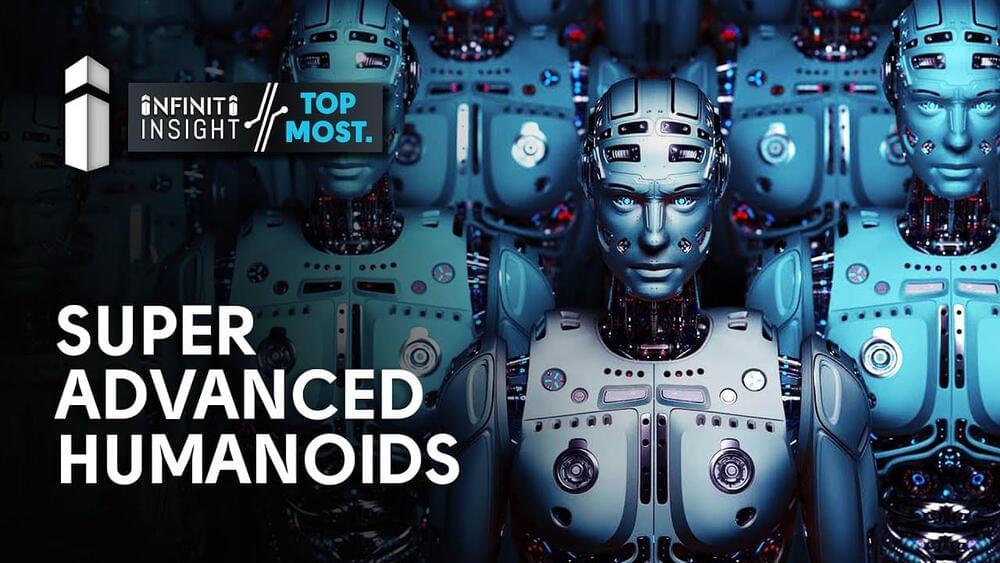Sep 12, 2022
Mysterious diamonds came from outer space, scientists say
Posted by Saúl Morales Rodriguéz in category: space
Strange diamonds from an ancient dwarf planet in our solar system may have formed shortly after the dwarf planet collided with a large asteroid about 4.5 billion years ago, according to scientists.
The research team says they have confirmed the existence of lonsdaleite, a rare hexagonal form of diamond, in ureilite meteorites from the mantle of the dwarf planet.
Lonsdaleite is named after the famous British pioneering female crystallographer Dame Kathleen Lonsdale, who was the first woman elected as a Fellow to the Royal Society.
